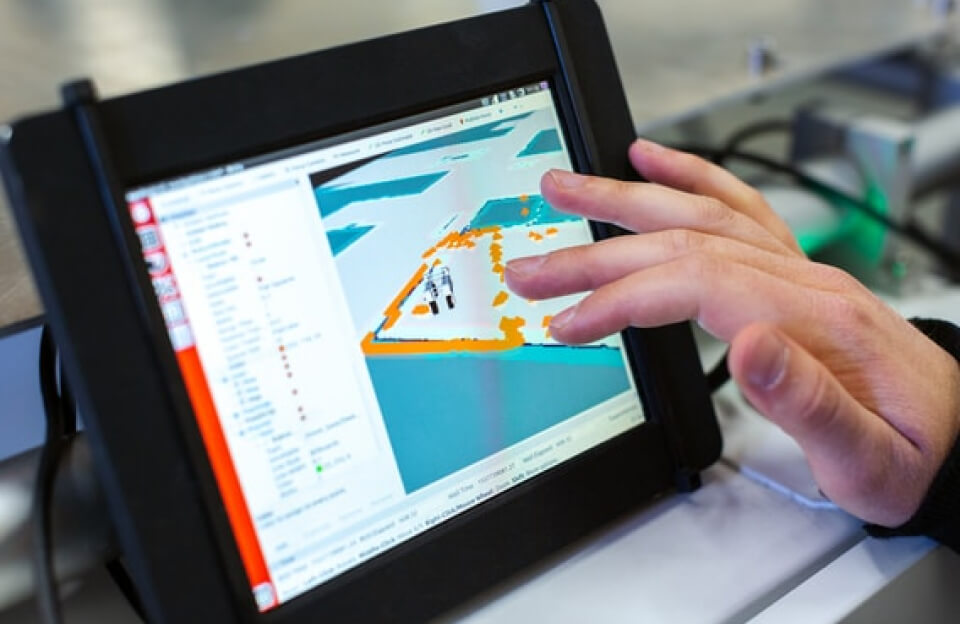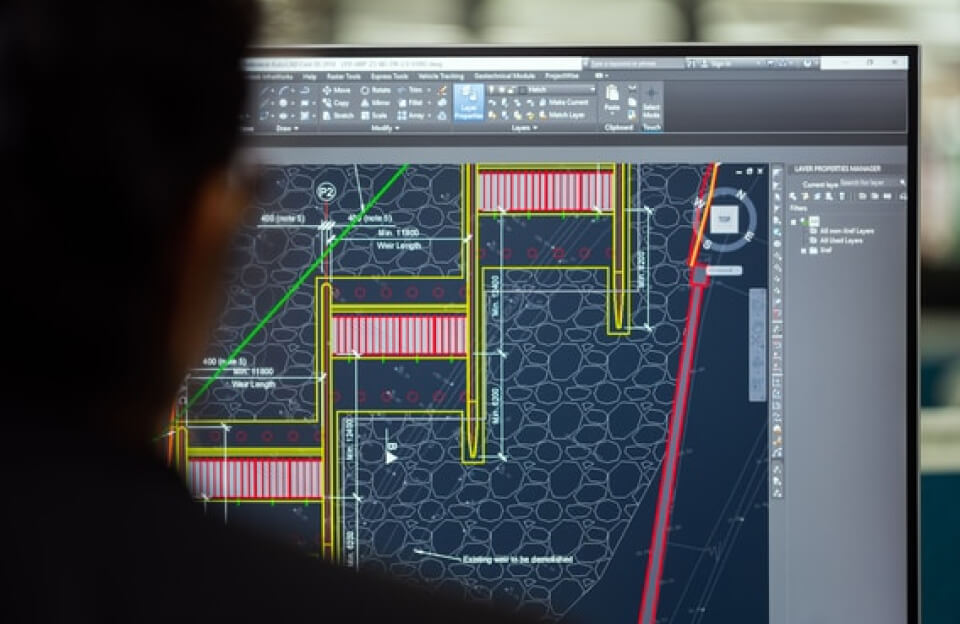The Everyday Risk We Overlook
We see them in malls, airports, train stations, and office buildings — escalators. Sleek, efficient, and often taken for granted, they carry millions of people safely every day. But here’s the catch: they’re not designed to be walked on.
Despite the tempting speed boost of walking or running up an escalator, safety experts worldwide warn that doing so dramatically increases the risk of falls, injuries, and malfunctions — not just for you, but for everyone around you.
A Moment of Carelessness — and a Near Tragedy
One unforgettable incident occurred in New York’s Port Authority Bus Terminal in 2022. A young man in a rush tried to dash up a down-moving escalator. He tripped mid-way, tumbling backward, causing a domino effect on those behind him. He might have suffered a life-threatening injury had it not been for the quick reaction of escalator technician foreman Javier Rosario and his team, who were performing maintenance nearby.
“It was like watching a slow-motion disaster,” Rosario told reporters. “We jumped in and hit the emergency stop. He was lucky. He only had a broken wrist and a concussion.”
Read the full report here – CBS News
His luck — and the quick action of trained professionals — spared him. Others haven’t been as fortunate.
Escalators Aren’t Stairs: The Engineering Truth
Contrary to how they appear, escalators are not moving staircases. They’re complex machines engineered to carry people standing still. Walking on them disrupts the balance of:
- Step timing and spacing
- Weight distribution
- Passenger flow on both sides
In many cities like Tokyo and London, transport authorities have explicitly discouraged walking on escalators, launching campaigns that emphasize “stand on both sides” instead of the usual “walk left, stand right” logic.
The Chain Reaction Effect: How One Step Can Hurt Many
Walking on escalators doesn’t just risk personal injury. It causes:
- Collisions with stationary passengers, especially children or elderly people
- Sudden falls due to loose laces, worn rubber soles, or slick steps
- Dangerous jerks if escalator brakes are triggered
- Malfunctions from overburdened motors and misaligned steps
According to the Consumer Product Safety Commission, escalator-related injuries send over 10,000 people annually to the emergency room in the U.S. alone — a large percentage caused by unsafe passenger behavior.
Stories That Leave Scars
A 9-year-old girl in Kuala Lumpur lost three toes in 2019 when her sandal got caught between moving steps while trying to walk up.
In 2021, a woman in Shanghai suffered head trauma after falling backward from a fast-moving escalator during rush hour.
In both cases, rushing or walking during escalator use was the root cause.
When Safety Is a Shared Responsibility
Escalators are designed with safety in mind — emergency stop buttons, handrails, and motion sensors. But these tools mean nothing if users don’t follow basic guidelines.
Here’s what safety experts recommend:
- Always stand still and hold the handrail
- Avoid loose clothing or open footwear
- Never push or rush on escalators
- Allow space between passengers, especially for the elderly or disabled
- Teach children to treat escalators with caution — they’re not playgrounds
A Culture Shift: From Rushing to Respecting
In today’s fast-paced world, walking on escalators might seem harmless — even efficient. But it’s time to rethink that habit. With more cities encouraging standing on both sides, we must recognize that shared safety matters more than personal speed.
You can make a difference:
- Be the person who stands calmly
- Help others step on and off safely
- Report escalator malfunctions
- Educate those who think walking is harmless
Final Thought: One Step Can Change Everything
Escalators may seem routine, but the risks they pose are real. That man in New York? One trip nearly cost him his life. His story — and the heroism of a maintenance crew — should remind us that safety is never something to take for granted.
So next time you find yourself rushing for a train, a sale, or a meeting — take a breath. Stand still. Hold the rail. Arrive safely.
Because life isn’t about how fast you move — it’s about making it to the next step safely.



